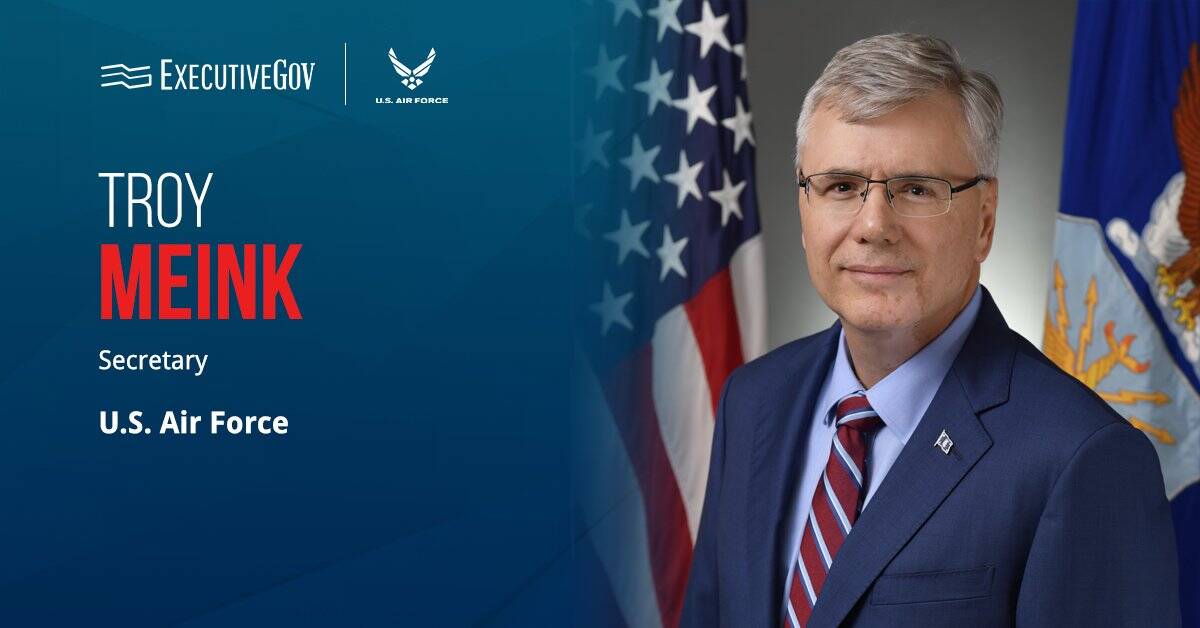
The U.S. Army began a demonstration of cooperative operations between manned and unmanned rotary aircraft, Flight Global reported Thursday.
The Advanced Teaming Demonstration Program began on March 14 and aims to test a new technology designed to facilitate manned-unmanned coordination.
The technology is geared for use with a scout rotorcraft, a medium-lift utility rotorcraft and a drone that are part of the service branch’s Future Vertical Lift program. These are the Future Attack Reconnaissance Aircraft, the Future Long Range Assault Aircraft and the Advanced Unmanned Aircraft System.
The Army intends to allocate funding for more manned-unmanned support systems in June 2019.





